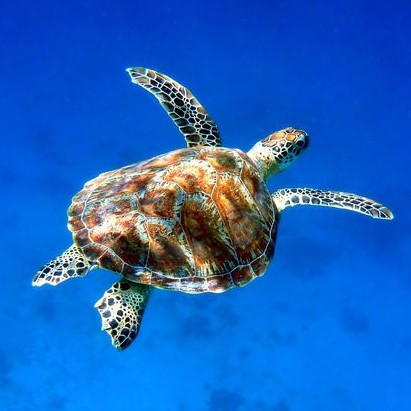Freestyle Fundamentals

Course Introduction
Start by reading about course structure and expectations in the Course Overview. The Stroke Introduction will review the key skills and objectives we will be working with in this lesson series, including the Four Essential Features of the Freestyle Stroke.
One of our FAQs is the use of swim gear and aids (i.e. goggles, swim caps, nose plugs, fins, snorkels, etc.) in the learning process. Should you have similar questions, see ‘Gear’ in the Knowledge Base.

Lesson 1: Build the Frame
The foundation on which all other skills are built is a well balanced body throughout the water. The Balance Position is to lengthen the body line, and establish better balance, from front-to-back and from side-to-side (lateral balance) with the support of water. Mastery of this skill will transfer to the other 3 primary strokes and other water comfort.

Lesson 2: Form Streamline Shape
Once the frame is established and supported by water parallel to the surface, we can then form the body into a more hydrodynamic shape. Streamline Position is the start and the finish position for every stroke in freestyle and is, therefore, a critical skill to master. The more stable the Streamline Position, the more economical you propulsive motions can be and the better that force flowing through the frame will move your forward.

Lesson 3: Interrupted Breathing
Experienced swimmers and new ones will appreciate a way to rest and get extra breath without disrupting position in the water. The intention behind this breathing technique is to ‘interrupt’ the stroke and allow extra breathing while maintaining a long, balanced, streamline body that is immediately ready to resume swimming when you are. This technique prepares you for Integrated Breathing is ready, essential for self-rescue, excellent at self-calming, and handy for rest during open water swims.

Lesson 4: Forward Momentum
Once the body is balanced through the water and can hold a steady Streamline frame, generating momentum forward with the Recovery Swing will be enhanced. The Recovery Swing is long and dynamic. To capture the intricaies, the lesson is broken into three parts: Exit, Swing and Entry. It is extremely important to bring the arm forward in a certain way while maining frame to create this acceleration effect.

Lesson 5: Make First Connections
It’s time to connect both sides of the body into a coordinated propulsive action. In this lesson you will learn the timing for switching from one streamline side to the other and connect the flow of force from the catch side into your streamline side to experience forward acceleration.

Lesson 6: Integrated Breathing
Now that you’ve established the four fundamental features of the freestyle stroke, it will be much easier to set up easier breathing because integrated breathing depends on those. As these skills get stronger you will be able to mainain a more stable, streamline bodyline and reach the air more easily, without disrupting the rhythm of the stroke or the forward motion of your body.

What’s Next
Now that you have completed the Freestyle Fundamentals level 1, there are several options available for continuing your growth and development. Self-guided or coach-guided options available.
6-Month Practice Plan
Freestyle Fundamentals, Level 1
In the coming weeks and months, we recommend dedicating a portion of your personal practice time to incorporating the new skills from Freestyle Fundamentals, Level 1. To support your growth and development, we have created at least 6 months worth of self-guided practice plans. Each month you will be given a selection of cues and skills to focus on. Then a choice of sections in which to challenge those cues and skills. Such sections include a test swim and training in attention, tempo, distance, and pace.
Once you feel more confident and secure with your Freestyle Fundamentals skills, advanced training options are available.
